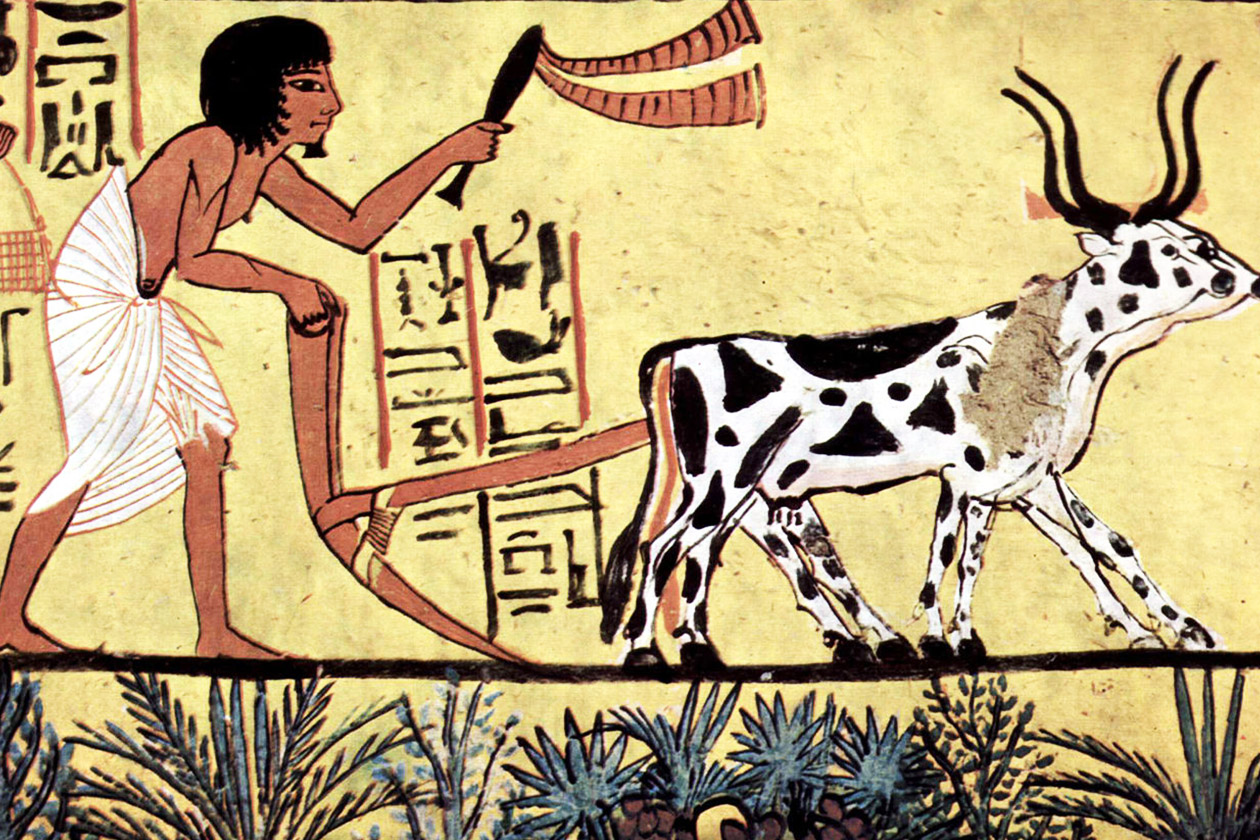History of Architecture I.
Since architecture became a “thing”, it has always been intimately connected to the cultural values of human society. Architecture in its most basic form has a very simple purpose - to provide shelter for human beings and their activities. The first close ancestors of humans originated almost 2 million years ago as African hunter-gatherer groups that eventually spread across the Middle Eastern, Asian, and European continents. They mastered stone tools, developed fire, and used fire for cooking. These are all key cultural traits that separate the human lineage from primates. A small portion of these early peoples lived in or performed ceremonies in caves which can be considered the earliest forms of architecture. The walls of these caves clearly show influence of early human culture and technology in the form of pictorial paintings and stone carvings. More recent ancestors and the first homo sapiens showed up in east Africa around 600,000 to 200,000 years ago and spread all over the world reaching the North American continent around 20,000 years ago. Caves to these peoples were more ceremonial spaces than spaces for shelter and were also used to develop early forms of linguistics. Instead they lived in temporary structures, like tents and huts, made of natural materials, which reflected their nomadic lifestyles. Architecture at this point had become both an adaptive manipulation of natural landforms and a “man-made” fabrication necessitated by the maturation of human culture and lifestyle. The relationship between architecture and culture is founded here and would continue to develop this way throughout history.
Architecture and city-like civilizations as we have come to know it, can trace its beginnings back to arguably the most significant human cultural achievement - agriculture. Agriculture and the domestication of animals, gave humans a reason and the ability to survive in one place. Instead of chasing food, we could now raise and grow our own. Replacing this nomadic lifestyle with a more stationary one required a new and more permanent form of architecture. It required an architecture that would support the agricultural movement, its technology and the cultural development that would follow. This is the birth of modern civilization.
Agriculture (10,000 BC) and animal domestication (13,000 BC) fueled the Neolithic Period (10,000 BC - 3,000BC; also called the agricultural revolution). Some of the first crops cultivated were wheat, chickpeas, lentils, peas and rice and the first animals domesticated were pigs, sheep, and cattle. The Agricultural Revolution began at different times and in different places, but some of these first evidences of agriculture can be found in the Levant and Fertile Crescent Areas - two regions focused around the eastern Mediterranean Sea and extending west along the Tigris and Euphrates Rivers. This region includes the contemporary countries of Lebanon, Syria, Israel, Iraq, Turkey, Greece, Northern Egypt and portions of Iran, Libya, and Saudi Arabia. Not coincidentally, this region is also known as the ‘cradle of civilization’ and where the first permanent human settlements start to pop-up. The oldest known cities are the City of Jericho (9000 BC) in modern day Israel and Catalhuyuk (7500 BC) in modern day Turkey which is currently a live archaeological site.
Agriculture single handedly transformed the way humans lived. Communities began to form on every continent, and were completely centered around the harvest: from food, to religion, to currency. These early civilizations eventually grew into cities, then into nations and then into empires. Now that humans were able to exist in a stationary state, they could devote more of their time and energy to matters of the mind rather than struggling to satisfy basic human needs like finding food and shelter. Humans naturally became curious of their existence and began ask investigative questions about their surroundings. Together with a new social way of living, this mental state of being would fuel a cultural explosion over the centuries birthing religion, philosophy, science, politics & government, and art. And just as it always has, these cultural expressions and technological advancements would need an architecture to represent them. As human society began to develop and flourish, its most and prized possessions would be its buildings and structures serving as billboards for civilization, a trend that continues to this day. This connection between buildings and culture would produce various architectural styles and interpretations over time. Architecture was and still is the most influential tangible representation of a civilization. Architecture is history.
The Great Pyramid of Giza in Luxor.
Turn your lifestyle dreams into an asset for you and your neighborhood with FABRIC[K] DESIGN'S
![Fabric[K] Design](http://images.squarespace-cdn.com/content/v1/5846fe37ff7c5046fc8b98e8/1585703506724-ACFUCZ5FH3AGY64QWIFZ/FabricK-Design_Logo_1500x600_All+Green.png?format=original)














